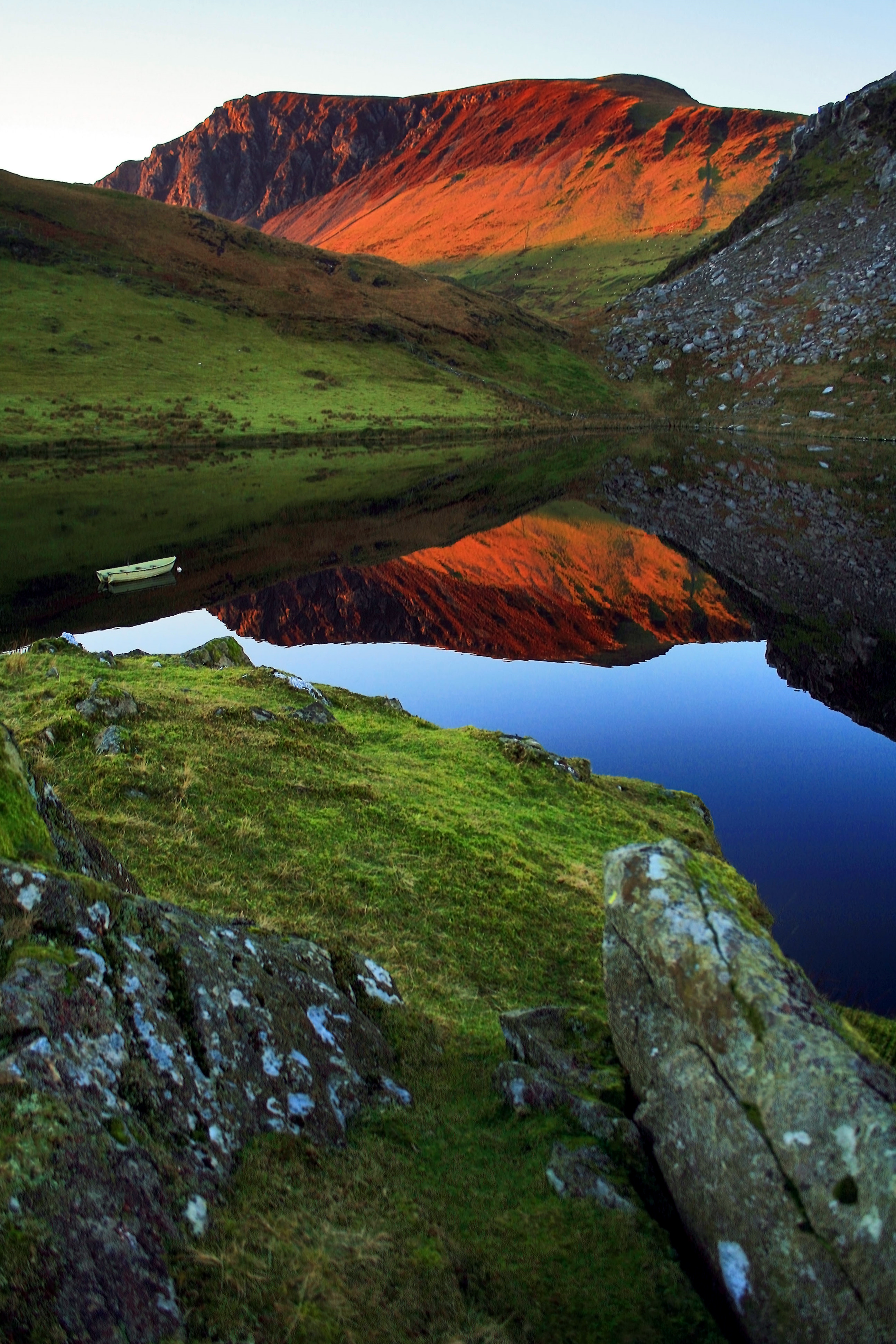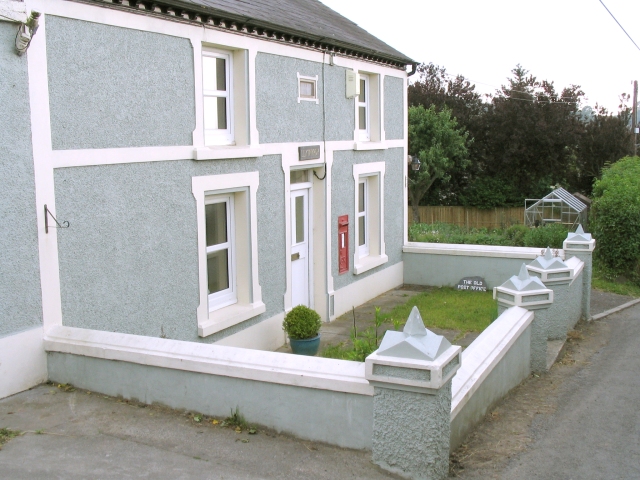|
Nasareth
Nasareth (named for the biblical Nazareth), is a hamlet in the Nantlle Valley in Gwynedd, Wales. The Councillor for Nasareth is Owen Pennant Huws, which covers Llanllyfni Llanllyfni () is a village and a community in Gwynedd, Wales. It is in the historic county of Caernarfonshire. The community consists of the villages of Drws-y-coed, Nantlle, Nasareth, Nebo, Penygroes, Talysarn and the village of Llanllyfni ... and surrounding villages. See also * Nazareth * Bethlehem, Carmarthenshire References External links History and other related matters Villages in Gwynedd [...More Info...] [...Related Items...] OR: [Wikipedia] [Google] [Baidu] |
Llanllyfni
Llanllyfni () is a village and a community in Gwynedd, Wales. It is in the historic county of Caernarfonshire. The community consists of the villages of Drws-y-coed, Nantlle, Nasareth, Nebo, Penygroes, Talysarn and the village of Llanllyfni itself. Penygroes, Llanllyfni and Talysarn are almost conjoined. As an electoral ward the 2011 census recorded a population of 1256. It is a largely Welsh-speaking village as 85% of the villagers speak Welsh as their first language. The community covers 43 square kilometres. The river Afon Llyfni (sometimes spelt Afon Llyfnwy) runs through the village. Llanllyfni existed before the slate quarries opened but grew bigger and bigger during the slate quarrying period. In the 2001 census, there were about 650 people living in the village of Llanllyfni. Llanllyfni is seven miles away from the well-known town of Caernarfon. Nearby is the Nantlle Ridge range of mountains including Craig Cwm Silyn at 734 metres (2,408 feet). Amenities and build ... [...More Info...] [...Related Items...] OR: [Wikipedia] [Google] [Baidu] |
Nazareth
Nazareth ( ; ar, النَّاصِرَة, ''an-Nāṣira''; he, נָצְרַת, ''Nāṣəraṯ''; arc, ܢܨܪܬ, ''Naṣrath'') is the largest city in the Northern District of Israel. Nazareth is known as "the Arab capital of Israel". In its population was . The inhabitants are predominantly Arab citizens of Israel, of whom 69% are Muslim and 30.9% Christian. Findings unearthed in the neighboring Qafzeh Cave show that the area around Nazareth was populated in the prehistoric period. Nazareth was a Jewish village during the Roman and Byzantine periods, and is described in the New Testament as the childhood home of Jesus. It became an important city during the Crusades after Tancred established it as the capital of the Principality of Galilee. The city declined under Mamluk rule, and following the Ottoman conquest, the city's Christian residents were expelled, only to return once Fakhr ad-Dīn II granted them permission to do so. In the 18th century, Zahir al-Umar transfo ... [...More Info...] [...Related Items...] OR: [Wikipedia] [Google] [Baidu] |
Nantlle Valley
The Nantlle Valley ( cy, Dyffryn Nantlle, ) is an area in Gwynedd, North Wales, characterised by its numerous small settlements. The area is also historically important geologically, and featured in one of the most contentious disputes of the 19th century, between the 'Diluvialists' who believed in the Biblical flood, and the ‘Glacialists’, who supported the Glacial Theory, which was substantially established by studies of the drift sediments on Moel Tryfan. Between 85 and 90% of the population of the Nantlle Valley speak Welsh as their first language. Some of the communities came into being as a result of slate quarrying in the late eighteenth or early nineteenth centuries, and some have a history stretching back to antiquity. There are Iron Age forts at Caer Engan in Pen-y-groes and on the coast at Dinas Dinlle and evidence of Bronze Age settlement on the higher ground. The valley was important during the Middle Ages, with a ''clas'' or ecclesiastical college develope ... [...More Info...] [...Related Items...] OR: [Wikipedia] [Google] [Baidu] |
Arfon (Assembly Constituency)
Arfon is a constituency of the Senedd. It was created for the former Assembly's 2007 election. It elects one Member of the Senedd by the first past the post method of election. Also, however, it is one of nine constituencies in the North Wales electoral region, which elects four additional members, in addition to nine constituency members, to produce a degree of proportional representation for the region as a whole. Boundaries The constituency has the boundaries of the Arfon Westminster constituency, entirely within the preserved county of Gwynedd, which will come into use, also, for the 2010 United Kingdom general election. The new constituency merged areas currently within the Caernarfon constituency and the Conwy constituency. The Caernarfon constituency was entirely within the preserved county of Gwynedd. The Conwy constituency was partly a Gwynedd constituency and partly within the preserved county of Clwyd. The North Wales region was created for the first Assembl ... [...More Info...] [...Related Items...] OR: [Wikipedia] [Google] [Baidu] |
Gwynedd
Gwynedd (; ) is a county and preserved county (latter with differing boundaries; includes the Isle of Anglesey) in the north-west of Wales. It shares borders with Powys, Conwy County Borough, Denbighshire, Anglesey over the Menai Strait, and Ceredigion over the River Dyfi. The scenic Llŷn Peninsula and most of Snowdonia National Park are in Gwynedd. Bangor is the home of Bangor University. As a local government area, it is the second largest in Wales in terms of land area and also one of the most sparsely populated. A majority of the population is Welsh-speaking. ''Gwynedd'' also refers to being one of the preserved counties of Wales, covering the two local government areas of Gwynedd and Anglesey. Named after the old Kingdom of Gwynedd, both culturally and historically, ''Gwynedd'' can also be used for most of North Wales, such as the area that was policed by the Gwynedd Constabulary. The current area is , with a population of 121,874 as measured in the 2011 Census. Et ... [...More Info...] [...Related Items...] OR: [Wikipedia] [Google] [Baidu] |
Arfon (UK Parliament Constituency)
Arfon is a constituency of the House of Commons of the Parliament of the United Kingdom (at Westminster). Although the constituency is relatively large by geographical area, it is a predominantly urban rather than rural seat, with the majority of the population living in the two towns of Bethesda and Caernarfon and city of Bangor on which the constituency is base. "Arfon" is a historical name for the area, meaning "facing Anglesey"; it is also the name of the former district council. This seat was created by the Welsh Boundary Commission in time for the 2010 general election, and replaced the old seat of Caernarfon. Bangor was in the old seat of Conwy. The same boundaries were used for the Arfon Welsh Assembly constituency in the 2007 Welsh Assembly election. It is the smallest constituency on the mainland of Great Britain by electorate, and larger only than the two Scottish island constituencies, Na h-Eileanan an Iar and Orkney and Shetland. The total population as ... [...More Info...] [...Related Items...] OR: [Wikipedia] [Google] [Baidu] |
Biblical
The Bible (from Koine Greek , , 'the books') is a collection of religious texts or scriptures that are held to be sacred in Christianity, Judaism, Samaritanism, and many other religions. The Bible is an anthologya compilation of texts of a variety of forms originally written in Hebrew, Aramaic, and Koine Greek. These texts include instructions, stories, poetry, and prophecies, among other genres. The collection of materials that are accepted as part of the Bible by a particular religious tradition or community is called a biblical canon. Believers in the Bible generally consider it to be a product of divine inspiration, but the way they understand what that means and interpret the text can vary. The religious texts were compiled by different religious communities into various official collections. The earliest contained the first five books of the Bible. It is called the Torah in Hebrew and the Pentateuch (meaning ''five books'') in Greek; the second oldest part was a coll ... [...More Info...] [...Related Items...] OR: [Wikipedia] [Google] [Baidu] |
Hamlet (place)
A hamlet is a human settlement that is smaller than a town or village. Its size relative to a Parish (administrative division), parish can depend on the administration and region. A hamlet may be considered to be a smaller settlement or subdivision or satellite entity to a larger settlement. The word and concept of a hamlet has roots in the Anglo-Norman settlement of England, where the old French ' came to apply to small human settlements. Etymology The word comes from Anglo-Norman language, Anglo-Norman ', corresponding to Old French ', the diminutive of Old French ' meaning a little village. This, in turn, is a diminutive of Old French ', possibly borrowed from (West Germanic languages, West Germanic) Franconian languages. Compare with modern French ', Dutch language, Dutch ', Frisian languages, Frisian ', German ', Old English ' and Modern English ''home''. By country Afghanistan In Afghanistan, the counterpart of the hamlet is the Qila, qala (Dari language, Dari: ... [...More Info...] [...Related Items...] OR: [Wikipedia] [Google] [Baidu] |
Wales
Wales ( cy, Cymru ) is a Countries of the United Kingdom, country that is part of the United Kingdom. It is bordered by England to the Wales–England border, east, the Irish Sea to the north and west, the Celtic Sea to the south west and the Bristol Channel to the south. It had a population in 2021 of 3,107,500 and has a total area of . Wales has over of coastline and is largely mountainous with its higher peaks in the north and central areas, including Snowdon (), its highest summit. The country lies within the Temperateness, north temperate zone and has a changeable, maritime climate. The capital and largest city is Cardiff. Welsh national identity emerged among the Celtic Britons after the Roman withdrawal from Britain in the 5th century, and Wales was formed as a Kingdom of Wales, kingdom under Gruffydd ap Llywelyn in 1055. Wales is regarded as one of the Celtic nations. The Conquest of Wales by Edward I, conquest of Wales by Edward I of England was completed by 1283, th ... [...More Info...] [...Related Items...] OR: [Wikipedia] [Google] [Baidu] |
Bethlehem, Carmarthenshire
Bethlehem is a tiny farming village in the county of Carmarthenshire, Wales, lying in the Tywi Valley northeast of Llandeilo and southwest of Llangadog but on the opposite side of the river from the busy London to Haverfordwest road, the A40. The centre of the village is approximately in front of the six houses opposite the village hall, with other houses, the Primary School, and a former Post Office scattered up and down the hill. The Nonconformist chapel after which the village was named is on a side road that follows the western edge of the Brecon Beacons. Location and History Bethlehem is overlooked by Carn Goch, a significant Iron Age hillfort with great heaps of stones remaining from the original ramparts. Bethlehem is around from Dinefwr castle, capital of the pre-Norman Deheubarth kingdom and around from the important and majestic Carreg Cennen castle that arose later. The alternative Rock band Strangelove lived in a house just outside the village of Bethlehem th ... [...More Info...] [...Related Items...] OR: [Wikipedia] [Google] [Baidu] |
Villages In Gwynedd
A village is a clustered human settlement or community, larger than a hamlet but smaller than a town (although the word is often used to describe both hamlets and smaller towns), with a population typically ranging from a few hundred to a few thousand. Though villages are often located in rural areas, the term urban village is also applied to certain urban neighborhoods. Villages are normally permanent, with fixed dwellings; however, transient villages can occur. Further, the dwellings of a village are fairly close to one another, not scattered broadly over the landscape, as a dispersed settlement. In the past, villages were a usual form of community for societies that practice subsistence agriculture, and also for some non-agricultural societies. In Great Britain, a hamlet earned the right to be called a village when it built a church. [...More Info...] [...Related Items...] OR: [Wikipedia] [Google] [Baidu] |




.jpg)


